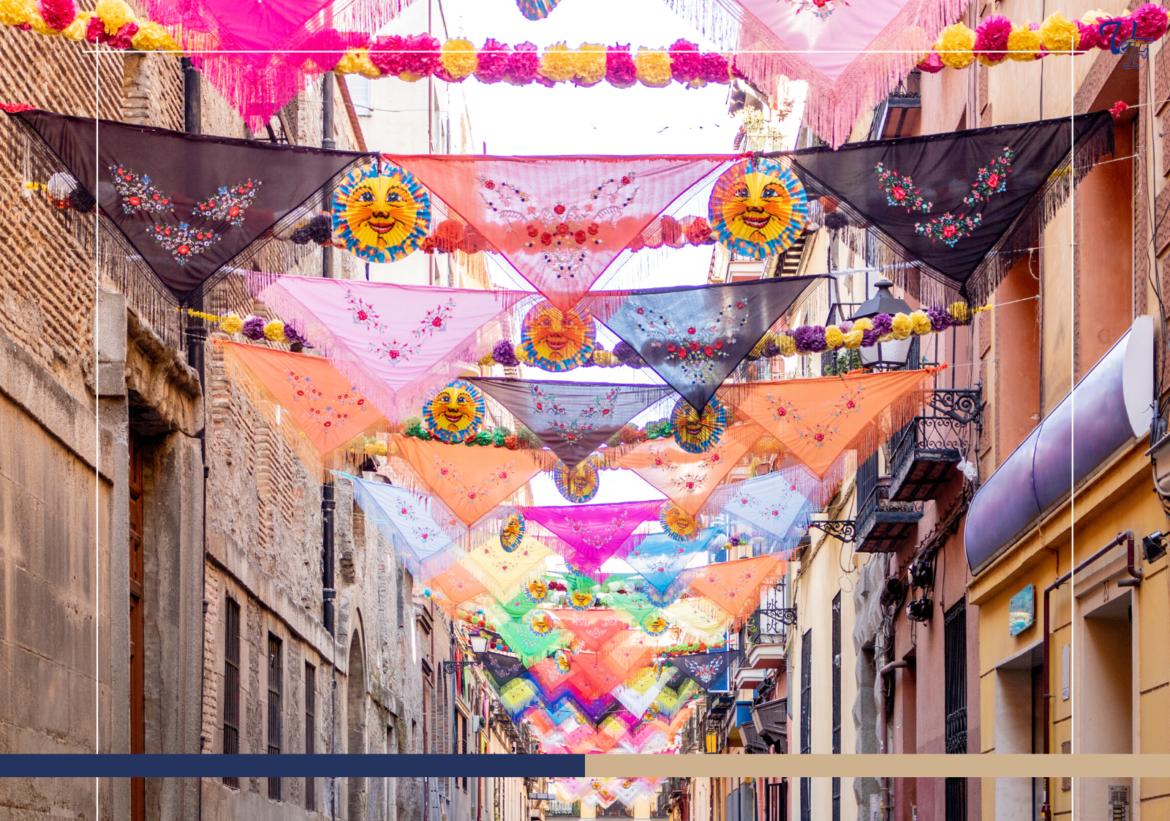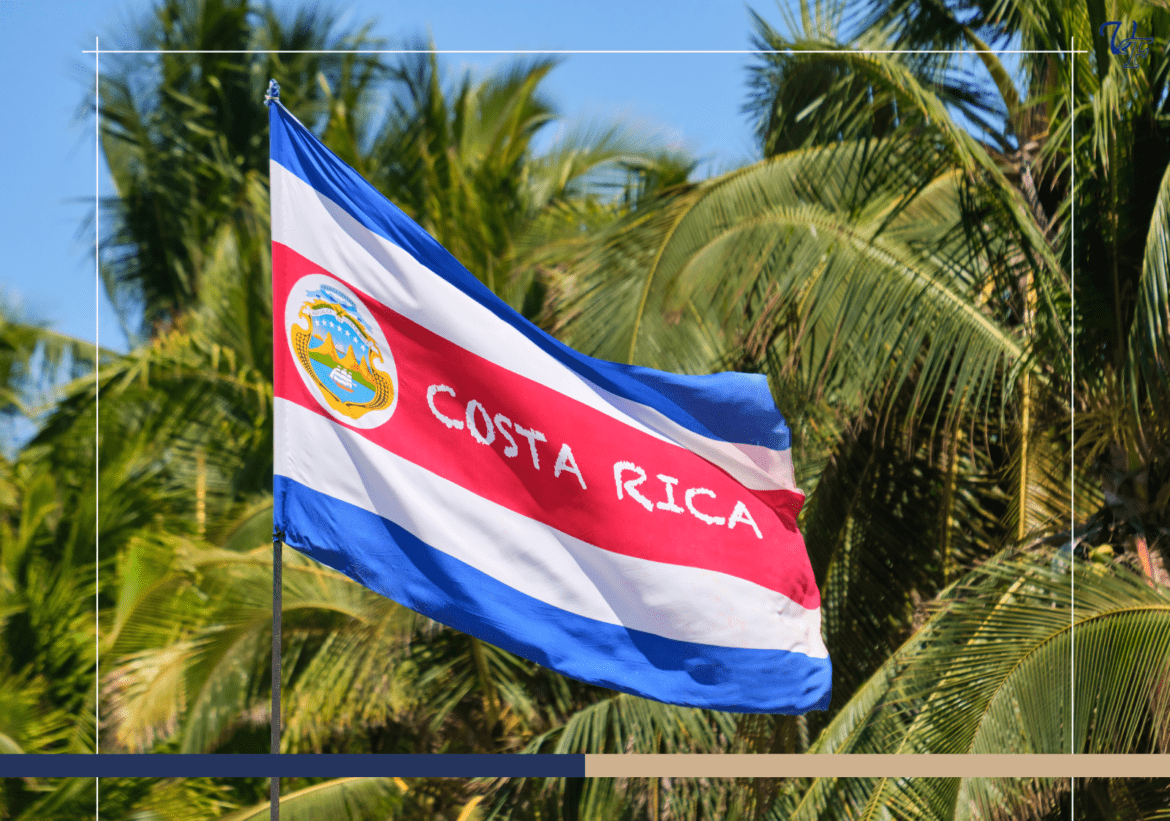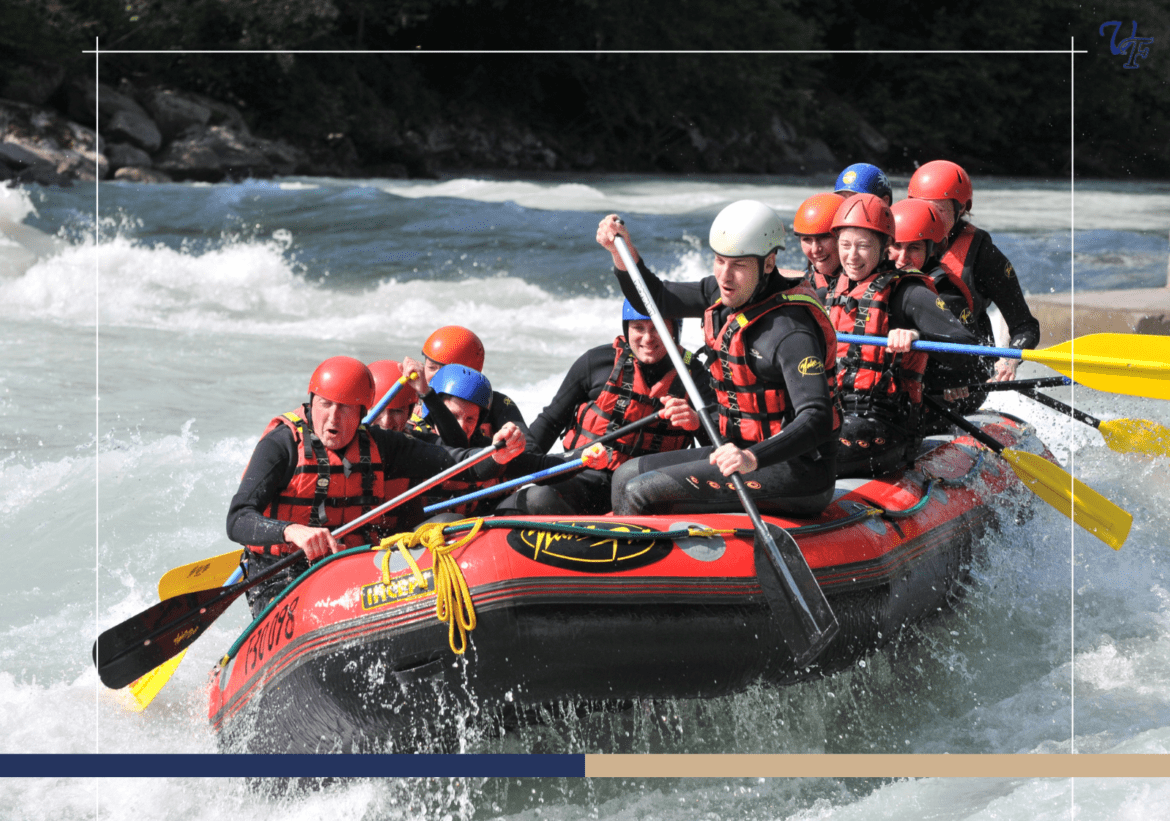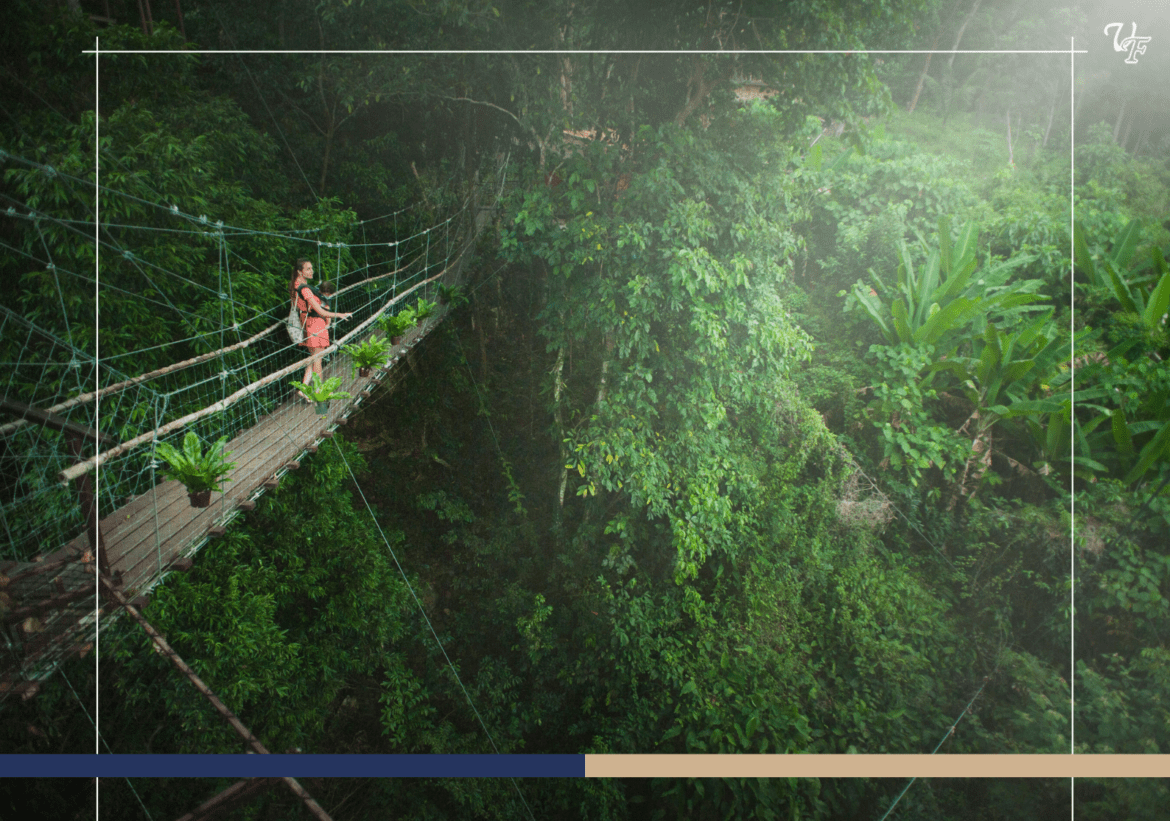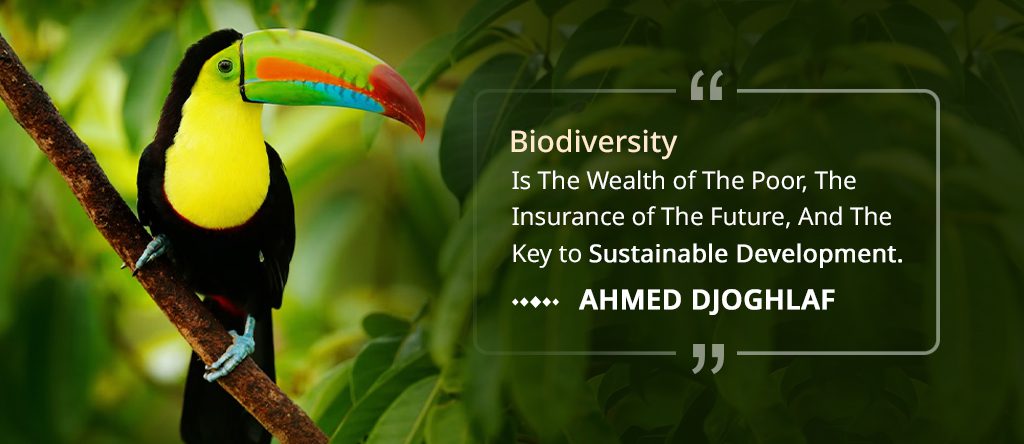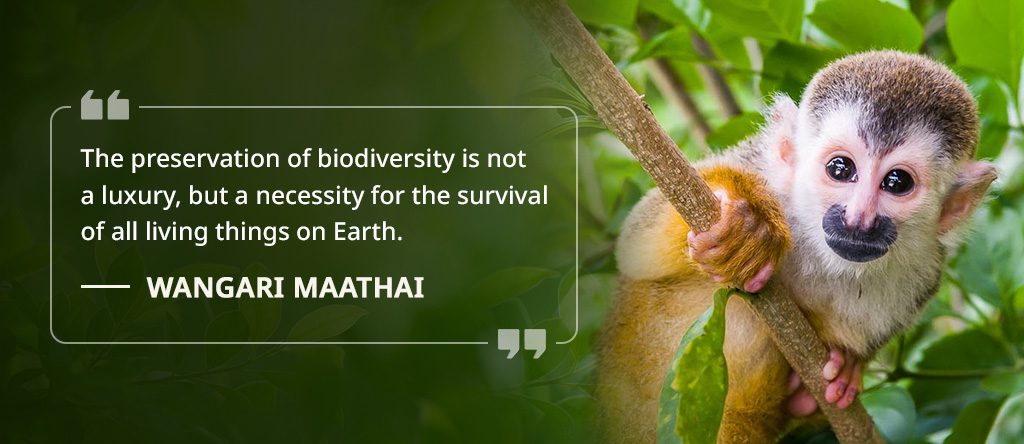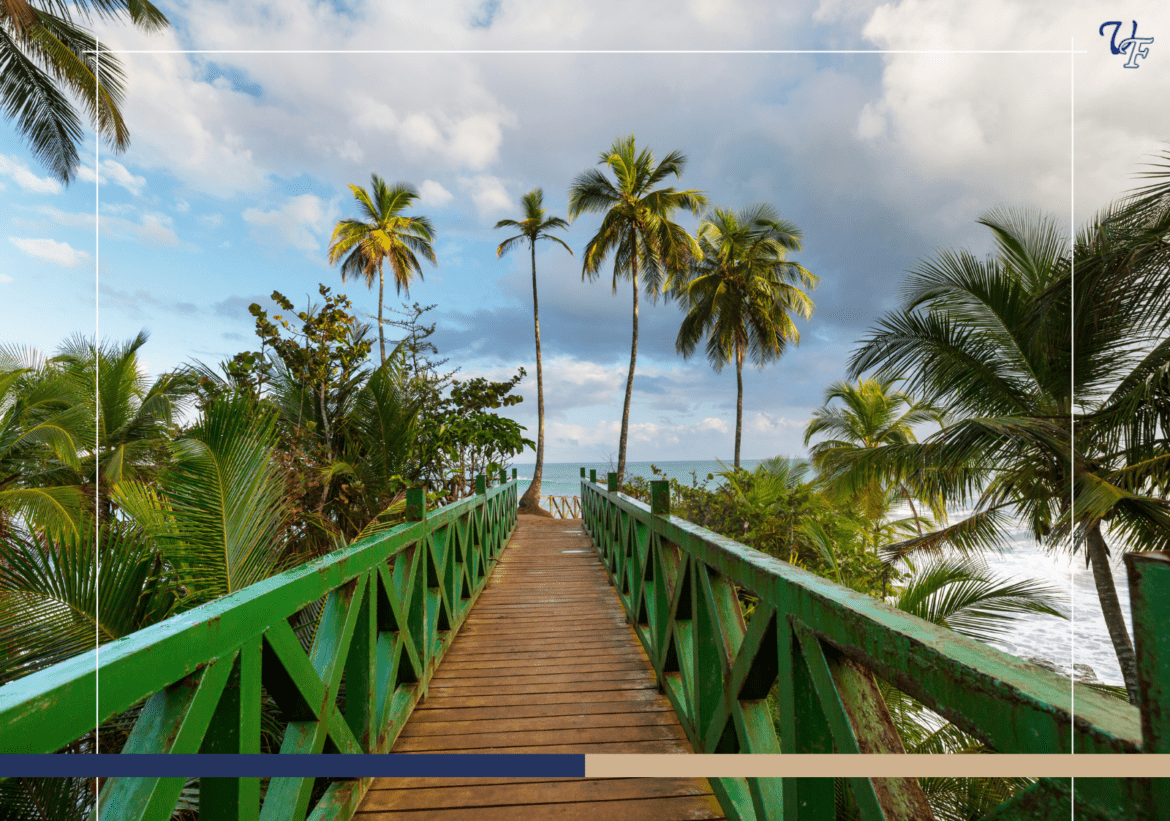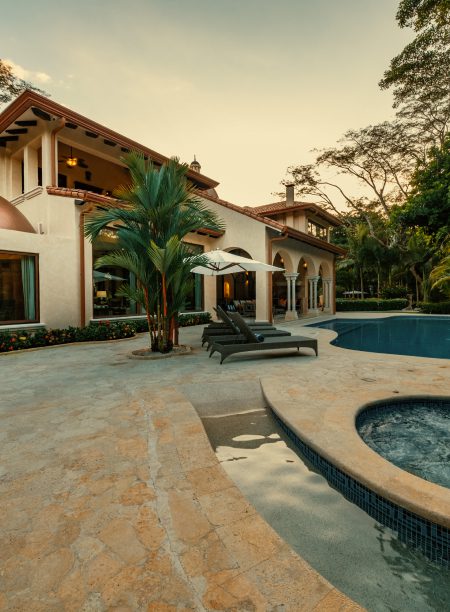Costa Rica is a small Central American country known for its beautiful beaches, lush rainforests, and rich cultural traditions. From its colorful folk art to its vibrant music and dance, it is a place where locals believe in celebrating, honoring, and preserving their cultural traits. And there could be no time more perfect than its annual fiesta season to experience Costa Rican traditions and culture.
The fiesta season in Costa Rica is a lively celebration of culture, community, and tradition. It is the perfect time to indulge in the festive atmosphere and immerse yourself in the local customs.
When are the Fiestas Traditionally Held in Costa Rica?
Fiesta is the Spanish word for “party” or “festival.” These celebrations focus on bringing communities together and are organized by regional municipality groups in Costa Rica. Fiesta is more like an opportunity for people to honor their heritage and culture and is also considered a way to bring together people of different communities or regions.
Fiesta season is when several festivals, or fiestas, are organized. The timing and duration of the fiesta season can vary depending on the region, but it is often associated with a specific time of year, such as the dry season, which is also considered as the best time to visit Costa Rica for a vacation. The fiestas can be religious, secular, or focused on cultural or community events. The fiestas usually feature parades, live music, dancing, food, and other entertainment forms, and many have no entry fee or restriction.
History of Costa Rica’s Fiesta Season
The fiesta season in Costa Rica has a long and storied history that dates to the colonial period. Spanish settlers brought their own religious and cultural traditions to the country to create a unique and vibrant culture. During the fiesta season, they celebrated religious holidays, such as Christmas and Easter, and paid tribute to the country’s patron saints.
Over the years, the fiesta season has evolved. Today, it has become an opportunity for Costa Ricans to celebrate their heritage and cultural traditions through music, dance, food, and other art forms. It also serves as a way for people to unite and strengthen their community by indulging in various cultural and non-religious celebrations.
Despite its evolution, the fiesta season remains integral to Costa Rican culture and deeply ingrained in the social and cultural aspects of the country.
The Top Fiestas to Experience in Costa Rica
Experience the vibrant and unique culture of Costa Rica at one of the many fiestas held throughout the year. From historical celebrations with deep-rooted traditions to modern festivals with lively parades, fireworks, and music, there is something for everyone to enjoy.
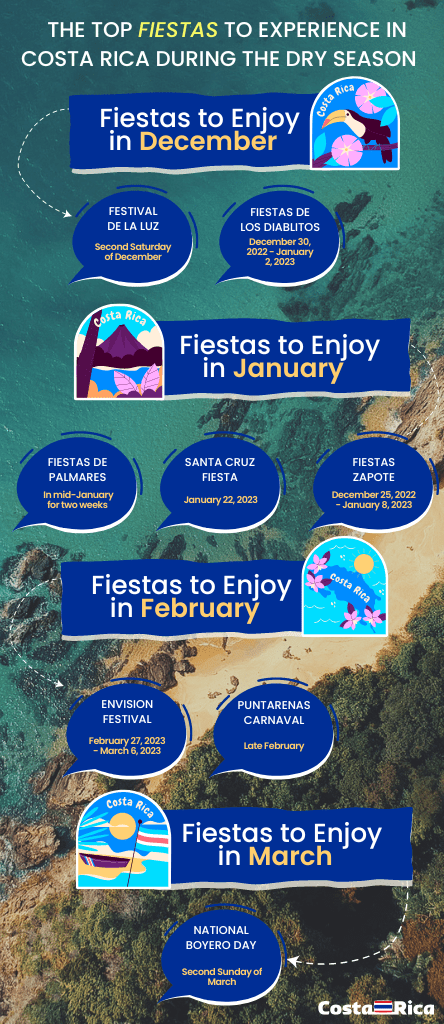
Fiestas to Enjoy in December
Festival de la Luz | Date: Second Saturday of December
Unleash the magic and let your eyes dance with the dazzling lights at Festival de la Luz in Paseo Colon. The parade of colorful floats, masquerades, live music, and a fireworks extravaganza make this festival interesting and exciting. The streets of Costa Rica come alive to celebrate this festival of light.
Fiestas de Los Diablitos | Date: December 30, 2022 – January 2, 2023
This festival gives you an experience of a unique blend of tradition and resistance, as the indigenous communities of Boruca and Rey Curre display their history during this festival, organized at the end of every Christmas season in Costa Rica. Set to the sounds of live flute, Cajon drum, guitar, violin, and accordion music, this cultural celebration is a must-see for all history buffs and culture enthusiasts.
Fiestas to Enjoy in January
Fiestas de Palmares | Date: In mid-January for two weeks
Kick off the year with a bang at Palmares by attending Fiestas de Palmares, a two-week-long festival where you can indulge in various fun-filled and exciting activities. You can witness a mesmerizing lantern parade, laugh out loud at stand-up comedy acts, cheer at the bullfight, dance to the beats of live music concerts, be awed by fireworks, and indulge in delicious local food and drinks.
Santa Cruz Fiesta |Date: 22nd January 2023
Step into the passionate devotion of Santa Cruz and immerse yourself in the annual celebration, where the streets come alive with the traditional bullfight, horseback parades, gunpowder displays, live concerts, colorful masquerades, and delicious local cuisine.
Fiestas Zapote |Date: December 25, 2022 – January 8, 2023
Join the most popular celebration in Costa Rica, Fiestas Zapote in San Jose. From the end of December to the beginning of January, you get several phenomenal opportunities to have fun and create memories with parades, carnivals, and bullfighting spectacles. This week-long festival offers endless fun, entertainment for all ages, and a chance to immerse yourself in local culture and tradition.
Fiestas to Enjoy in February
Envision Festival | Date: February 27th – March 6th
Experience an oasis of world-class music and art and discover the real you at Envision Festival in Uvita. Held in late February, this hippie-inspired event draws thousands of soul-seekers to indulge in four days of yoga, live music, fire dancing, and much more.
Puntarenas Carnaval |Date: Late February
Get ready for the ultimate party experience at the country’s biggest celebration, the Puntarenas Carnaval. Held in the port town of Puntarenas in late February, this lively fiesta features a colorful parade of floats, a horse parade, live concerts, a beauty pageant, delicious food, and more.
Fiestas to Enjoy in March
National Boyero Day |Date: Second Sunday of March
National Boyero Day celebrates the rich cultural heritage of Costa Rica with a vibrant parade of colorful carts pulled by oxen. These traditional carts are adorned with unique designs and hand-painted decorations, symbolizing the hardworking coffee farmers. Join the caravan and enjoy fireworks, masquerades, live music, folk dances, and traditional cuisine.
Cultural Significance of the Fiesta Season for Costa Ricans
Fiesta season holds great cultural significance for Costa Ricans. It is when many different towns and communities come together to celebrate and represent their heritage and culture through various festivals and events.
Most celebrations often revolve around religious events, an essential aspect of Costa Rican culture. During these celebrations, people participate in religious ceremonies, such as caravans and parades, and enjoy traditional music, dance, and food.
Beyond religious celebrations, secular festivals also make an integral part of Costa Rican culture that showcase the vibrant colors, rich traditions, and lively spirit of the country. Isn’t this a unique and interesting fact about Costa Rica, a land of natural wonders?
Whether it is Independence Day, cultural festivals, community gatherings, or political rallies, fiestas in Costa Rica are a way for people to connect with their roots, appreciate their cultural heritage, and foster a sense of community.
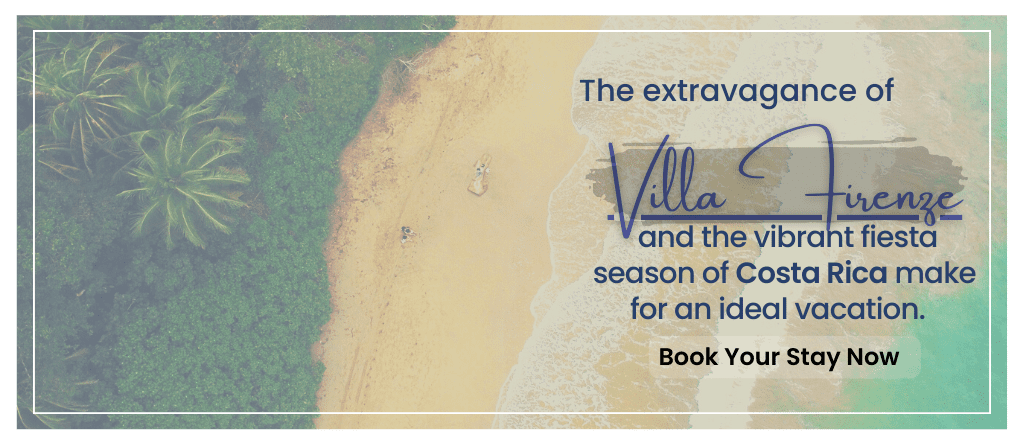
In conclusion, fiesta season is a celebration that brings people together. It offers so much to enjoy, experience, and take back with you. The unique and unforgettable experiences, from colorful parades, lively folk dances, delicious traditional foods, and refreshing drinks, make the fiesta season worth a visit. Whether you are a seasoned traveler or visiting Costa Rica for the first time, the fiesta season is an excellent opportunity to learn more about the rich cultural history of Costa Rica.
So, join in the festivities and enjoy Costa Rica’s fiesta season with the locals.


